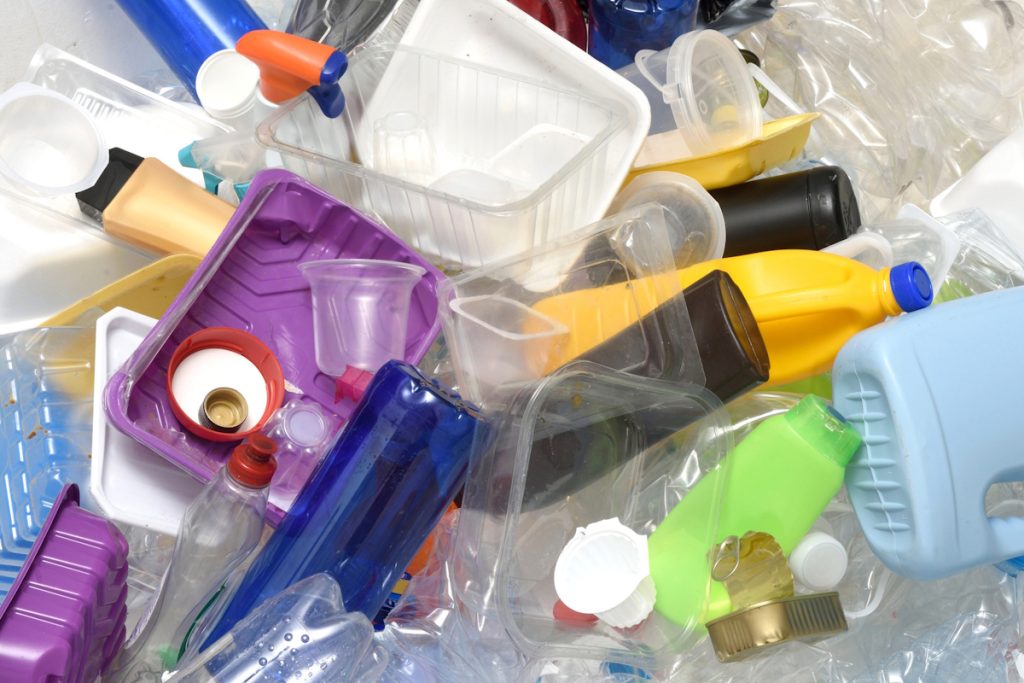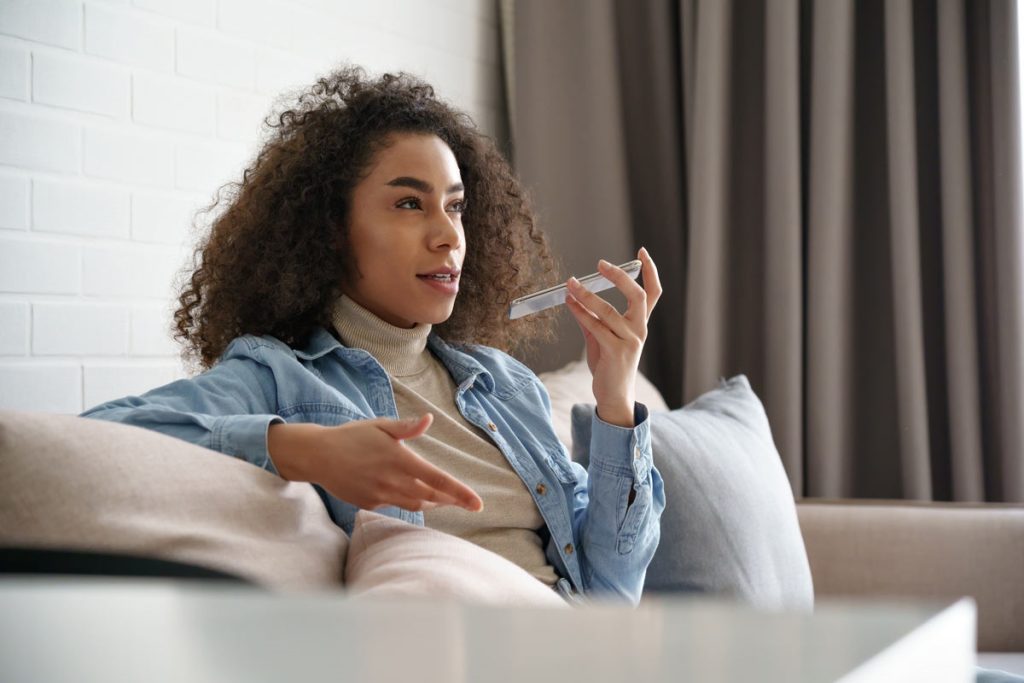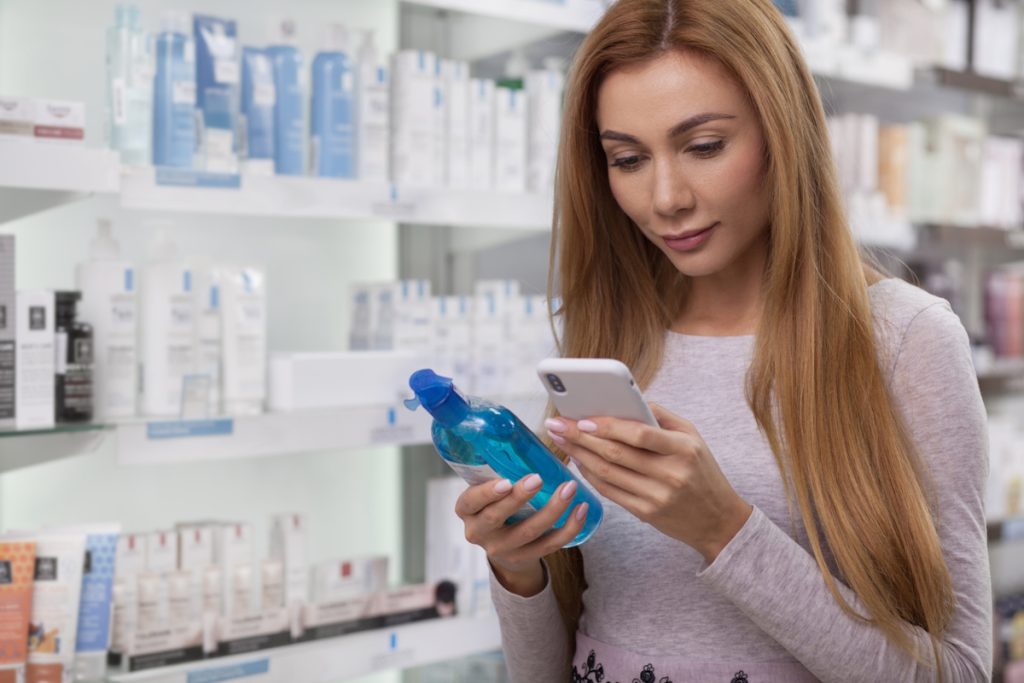Not all women will experience uterine fibroids during their lifetimes. But the majority will, especially between the ages of 35 and 54. From what we know about these non-cancerous tumors, risk factors to blame include genetics, hormones, birth control, fatty foods, and even race for fibroid development and growth. But a growing amount of research suggests another culprit you may not have expected: exposure to an industrial chemical called phthalates.
The most jaw-dropping part is that this chemical is difficult to avoid, considering it can be found in various consumer products we use every day, including personal care products, clothing, food packaging, medical products, and more. Since phthalates are used in so many household items, exposure is widespread in the United States.
Our mission at Fibroid Institute Texas is to not only be at the forefront of innovative treatments for uterine fibroids but also empower women with the tools and resources to understand this condition and the uncomfortable symptoms it can cause, the risks if left untreated, and how they can take control of their health.
Are You Suffering From These Fibroid Symptoms?
- Heavy menstrual bleeding
- Debilitating cramps, pelvic pain, and pressure
- Periods that last longer than a week
- Pain during sex
- Back or leg pain
- Urinary frequency
- Excessive fatigue
- Weight gain
- Bloating and swelling in the abdomen
- Constipation or diarrhea
- Rectal discomfort
Phthalates and Uterine Fibroids: What the Studies Are Saying
According to information from the U.S. Centers for Disease and Prevention, phthalates—also called plasticizers—are a group of chemicals designed to make plastics more durable. They can also be used to dissolve other materials. The most commonly used of the phthalates family is Di(2-Ethylhexyl) phthalate (DEHP). They can be found in hundreds of products, including soaps, shampoos, hairspray, nail polish, food storage containers, vinyl flooring, tablecloths, floor tiles, lubricating oils, toys, plastic packaging, garden hoses, shoes, automobile upholstery, medical tubing, etc.

While these chemicals are incredibly versatile, the problem is that they don’t bind to other materials. As a result, they can end up in our bodies. People are exposed by eating food and drinking liquids from products containing phthalates. Some exposure can occur from breathing phthalate particles in the air.
The CDC says that finding a detectable amount of phthalate metabolites in urine does not mean the levels will cause harmful health effects. That said, it’s not out of the question, either. Phthalates can lead to any of the following:
- Changes in the hormonal system
- Difficulty with learning and attention
- Behavioral disorders
- Issues within the male reproductive system
- Complications with fertility
- Obesity, diabetes, and thyroid irregularities
In terms of women’s health, a study funded by the National Institutes of Health suggests phthalates may trigger the growth of uterine fibroids and delay the rate at which they die. The study says that of all the phthalates, DEHP had the strongest link to uterine fibroids. Once in the body, DEHP is broken down or metabolized into several related chemicals, among them mono (2-ethyl-5-hydroxyhexyl) phthalate (MEHHP).
The researchers found that levels of MEHHP corresponding to those in the urine of women with fibroids fostered the growth of fibroid cells in laboratory cultures while inhibiting their rate of cell death. In a series of experiments, they found that MEHHP caused the cells to take in higher amounts of the amino acid tryptophan and convert it to a compound that stimulated a receptor known to promote the growth of tumor cells and inhibit their death rate.
Uterine Fibroids: Recognize the Symptoms and Seek Help

While it is possible to minimize your exposure to phthalates in consumer products, including avoiding heating food in plastic containers and skipping fast food, the reality is that it is almost impossible for any of us to avoid them entirely unless Congress reforms how phthalates are approved for use. In the meantime, getting screened for fibroids as soon as possible is important. Even if immediate fibroid removal isn’t necessary, knowing they are there and monitoring them closely with your doctor can help you make informed decisions about your health.
Once you have a uterine fibroids diagnosis, your doctor may recommend the following options:
- Medications — These can help with some of your symptoms but won’t get rid of your fibroids.
- Uterine Fibroid Embolization (UFE) — UFE is a minimally-invasive procedure that, rather than removing fibroids with numerous incisions, cuts off blood flow to all fibroids—causing them to shrink and die. UFE is low risk, has no incision, is faster than other options, and is an alternative to surgery.
- Acessa — This is a surgical procedure where a small probe is placed into a fibroid and heated. Heating the fibroid ultimately destroys it. Acessa works if you have several uterine fibroids. But there are limitations if you have multiple large fibroids or fibroids that are hard to get to. It is also not covered by some insurance companies.
- Endometrial Ablation — Heavy bleeding typically comes from the inside lining of the uterus. Endometrial ablation removes this lining by placing a thin instrument into the uterus through the cervix and using heat, laser, electricity, microwaves, or freezing. The downside to endometrial ablation is that it is not safe to get pregnant after having it. It also won’t shrink fibroids or treat fibroids outside the interior uterine lining.
- Hysterectomy — This popular form of fibroid removal is still widely used today. It is also effective, though many women hope to avoid it due to its invasive nature and longer recovery. A hysterectomy removes all or part of a woman’s uterus. In some cases, her fallopian tubes and ovaries are removed, too.
- Myomectomy — Myomectomy preserves the uterus while removing the fibroids. As a result, it is the procedure of choice for women who want to get pregnant. However, it eliminates the ability to have a vaginal birth in the future.
- Sonata System — This incision-less fibroid treatment works well when the patient has one or several fibroids. Using an intrauterine ultrasound device, radiofrequency energy is delivered to the fibroid to shrink the fibroid. As the fibroid shrinks, the patient can see a reduction in painful symptoms. Studies show Sonata works with non-pedunculated submucosal fibroids and fibroids larger than 5.0 cm may require the application of multiple ablations.
Out of all the options, UFE is a unique procedure because of its ability to treat uterine fibroid symptoms—regardless of location or size—without having to go through painful surgery and lengthy recovery time. As a result, you have a quicker recovery time and a greater chance of avoiding additional complications.
Additional advantages of UFE at Fibroid Institute include:
- Covered by most major medical insurance
- No hospital stay and shorter recovery period (one week in some cases)
- No incision or vaginal access, just a small puncture on your wrist
- Dramatic reduction in fibroid symptoms
- Over 90% effective
- Procedure typically completed in under an hour
- All fibroids may be treated at the same time
- Doctors are 100% dedicated to fibroids and UFE
- Referrals are not required but are encouraged
- Mobile number given to every UFE patient to contact her doctor directly

Battling Uterine Fibroids? Our Fibroid Experts Want to Help
While minimizing your exposure to phthalates in consumer products is possible, it is almost impossible for us to avoid them altogether. At Fibroid Institute, we are dedicated to educating and empowering women on fibroid treatment options. With multiple locations, our Houston and Dallas fibroid centers help thousands of women avoid fibroid surgery but find relief from their fibroid symptoms.
Our fibroid doctors are board-certified interventional radiologists and experts passionate about helping women become #FibroidFree. Dr. Suzanne Slonim and Dr. John Fischer are highly experienced UFE specialists and 100% focused on fibroid issues.
Request a free 10-15 minute phone screening to determine if you are eligible. After the screening, if you qualify for UFE, you can schedule your onsite or telehealth consultation. Most major medical insurance providers cover the cost of UFE. Get started now with Fibroid Institute Dallas at 214-838-6440 or with Fibroid Institute Houston at 713-903-3733 or complete the form below.
Fibroid Institute Texas serves the Dallas and Houston areas including Addison, Carrollton, Plano, Frisco, Craig Ranch, McKinney, Allen, Fort Worth, Grand Prairie, HEB, Arlington, Hutchins, Irving, Duncanville, DeSoto, Cedar Hill, Lancaster, Cockrell Hill, Highland Park, University Park, Park Cities, Garland, Mesquite, Richardson, Dallas, Sherman, Houston, Sugar Land, Katy, Webster, Clear Lake, The Woodlands, Universal City, Spring, Kingwood, Stafford, Conroe, Texas City, Cypress, League City, Bellaire, and more.
Before starting any new treatment or if you have questions regarding a medical condition, always seek the advice of your doctor or other qualified health provider. This information is not a substitute for professional medical advice.
*Patient stories are true. Names and/or photos may be changed to protect patient confidentiality.

